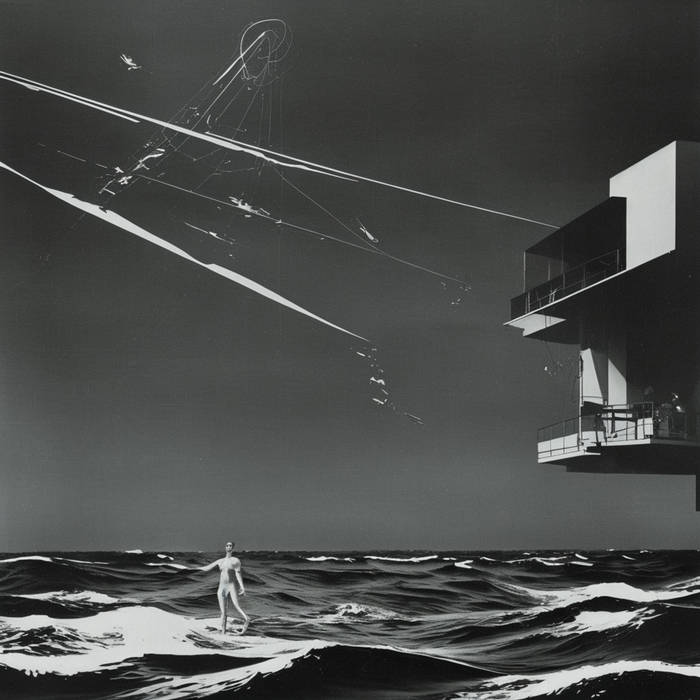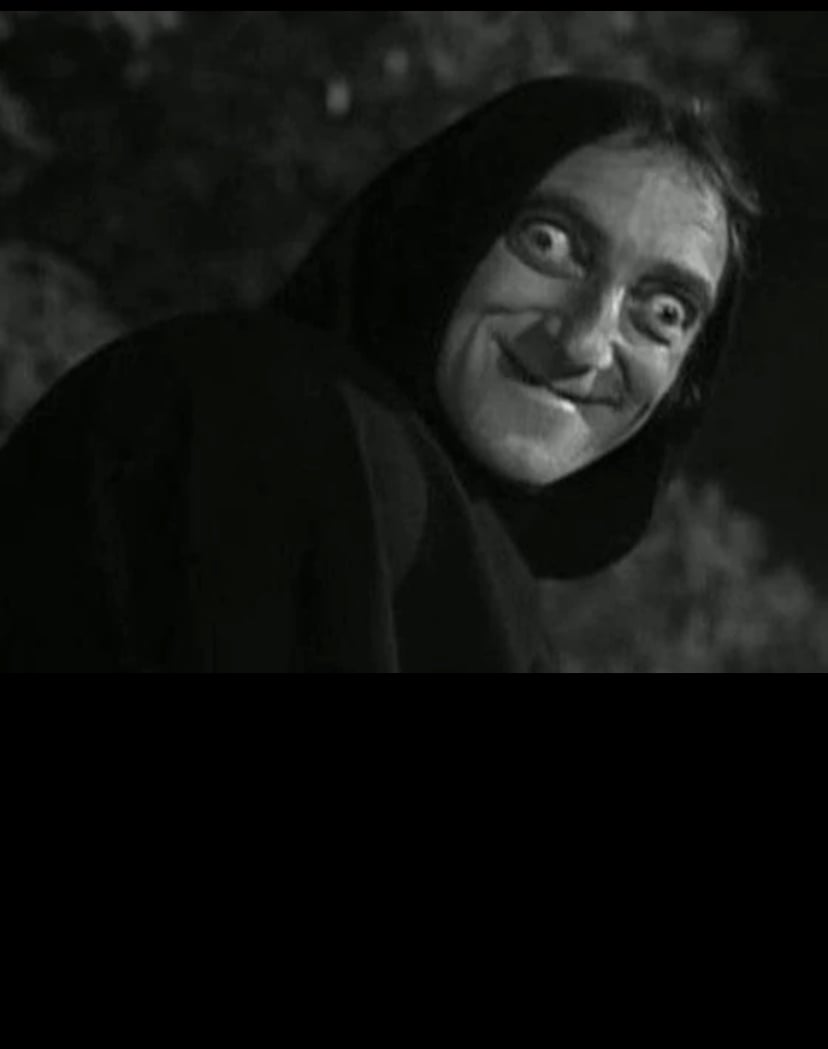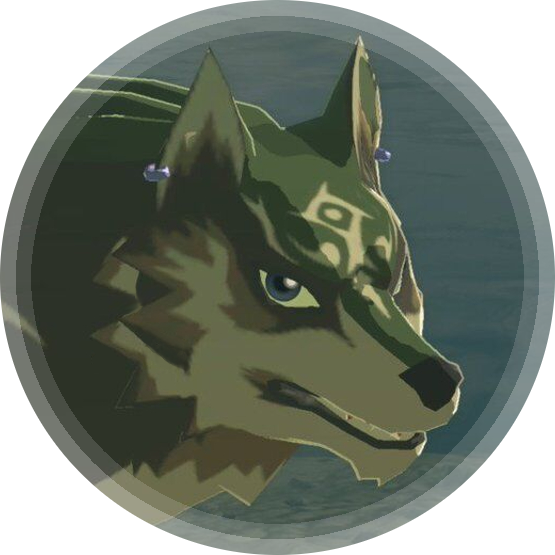I mean, you take one look at Greek statues and Roman busts and you realize that people figured how to aim for realism, at least when it came to the human body and faces, over 2000 years ago.
Yet, unlike sculpture, paintings and drawings remained, uh, “immature” for centuries afterwards (to my limited knowledge, it was the Italian Renaissance that started making realistic paintings). Why?
Art isn’t a progression. “Realism” isn’t necessarily a goal.
If capturing some subject in the most naturalistic way possible was the goal of art, there would be no need for paintings after the invention of the camera, and sculpture would be obsolete because of 3d scanning. Art must be something beyond capturing nature, otherwise there would be no reason for humans to do it.
Art must be something beyond capturing nature, otherwise there would be no reason for humans to do it.
For a long time, art was also the only way to portray what people and places looked like. Not all art needs to try and convey the reality, but some ancient patrons would undoubtedly have wanted portraits that looked as close to their real faces as possible. The Fayyum portraits in another comment and other explanations, such as materials being mostly handmade and paintings being unlikely to survive answer my question better, really.
THE PROPER TOOLS.
YOU try scrawling on a cave wall with nothing but the charcoaled end of a stick you pulled out of a fire and see how well you can draw with that kind of medium and tools.
As technology progressed, so did the tools used.
Michelangelo was using a fresco technique painting onto still wet plaster and used egg whites or glue made from animals to help the paint stick. He used a variety of brushes, not just a charcoal stick.
Further, just something as simple as a variety of colors took hundreds of years of technological advancement to achieve.
Don’t underestimate the need for quality tools!
Also the time needed to perfect that skill wouldn’t have been available that far back. If you’re needing to spend the bulk of your time hunting/gathering food and other forms of basic survival I don’t think you’d have the hours every evening to work on your shading techniques.
Excellent point, as others have astutely pointed out, a love of the arts is often cultural, and most artists need essentially a set of people who love their art and buy it or they will be a “starving artist.” So you also need a society that appreciates art enough to let certain people have all that time.
something as simple as a variety of colors took hundreds of years of technological advancement
If anyone is looking for a rabbit hole to go down, the history of pigments is a great one.
Exactly. Taking in the expansive view before you is nice, but the giants we stand upon, stable societies and technological advancements, are worth a glance or two.
It’s true. Though not a complete answer, because realism lagged behind the tools needed for it. And it’s interesting how once one person can do it, suddenly everyone can do it. That says something shit is as a species. We can only do what we’re able to imagine? And as soon as we see someone do it, that barrier is gone?
I do find it interesting that folk think Renaissance art is realistic.
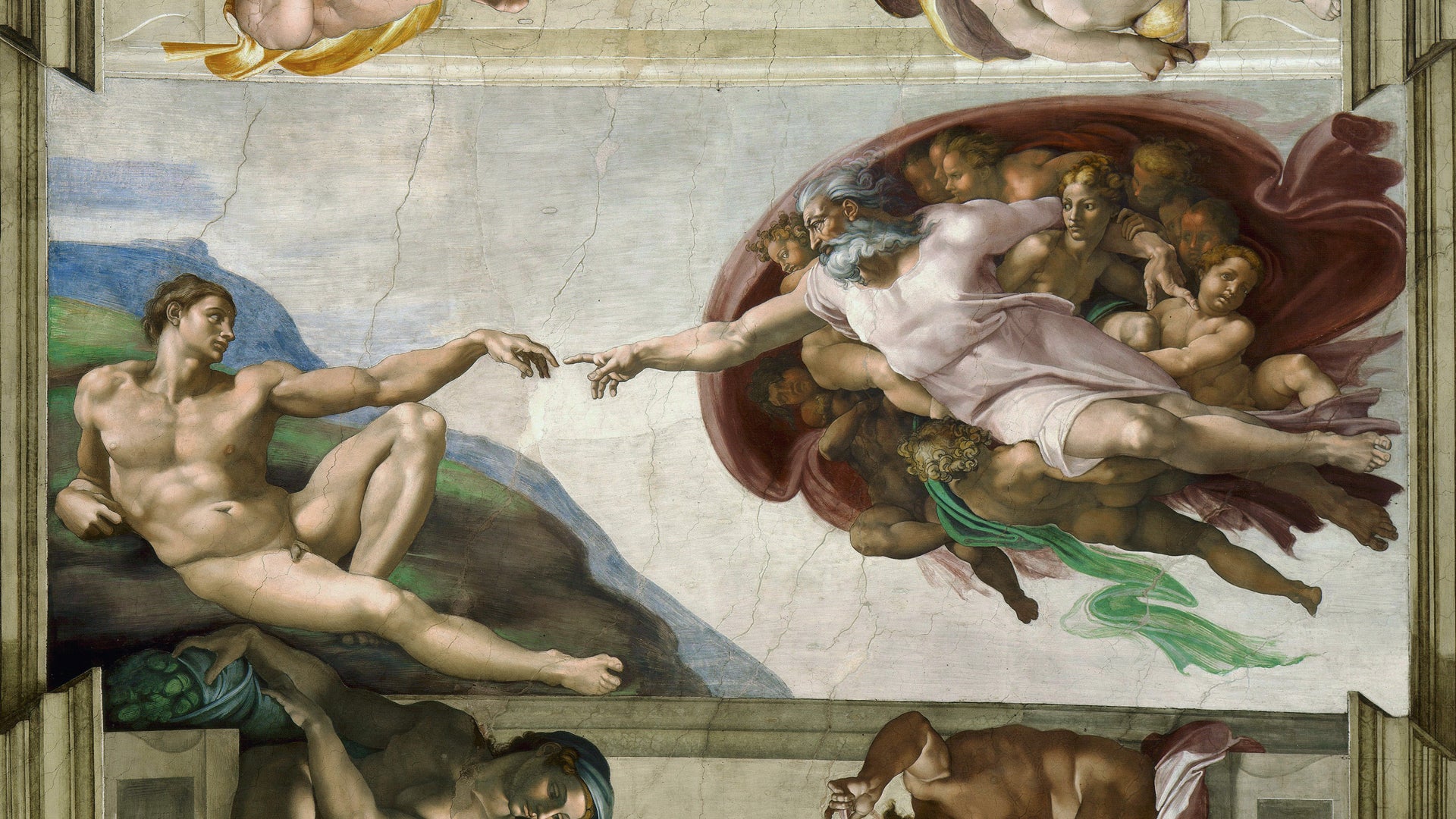
I’m being a little glib, but the truth is that we are still looking at hyper-idealised bodies.
The main difference,I suspect, is the use of perspective rather than drawing on a flat plane. In a way it took a leap of imagination to make things look more “realistic” whilst sculpture was merely (again, said with a certain smirk) just mimicking what the artist could see and feel in the real world.
That is to say that sculpture is reproduction whilst drawing is representation, and with representation you need to be able to take some pretty big leaps for both the artist and the viewer to work these things out.
Realistic as in “this is a believable real person” not “this is exactly what everyone looks like”
I actually was fortunate enough to visit the Sistine Chapel this summer, and although when you take a close look at images online of the paintings, it’s clear they aren’t “realism”, when you see the paintings in person they look very real. I was especially struck by how real Jonah looked, as if he was just hanging out, sitting on a ledge near the ceiling. Very cool experience.
Nuh-uh, people have been painting realistic pictures for wayy longer than that.

Here’s a Roman painting circa 40 BC.

This is from about 600-something AD.

12th or 13th century AD.
Also I think that possibly photograph-like realism may just not have been something artists aimed for, so they just created other styles that the next generation of artists learned to copy, and repeated that until someone came up with a new style.
Materials.
If you’d have seen the marble sculptures when they were new, you would have described them as anything but realistic. We now know that many, if not most, sculptures were painted in bright garish colours.
Why paint a delicately crafted sculpture with a dodgy paint job? Party taste, perhaps, but more definitely because that was what was available.
The paints that we have now are carefully designed, mixed and stored to deliver a wide range of colours of a consistent quality (and even modern companies like GW struggle with that!).
The further back you go, the fewer pigments there are and the less sophisticated the binders are. It’s no coincidence that the rapid explosion in science and trade of the Renaissance led to the rapid development of paints. Even in those days, an artist didn’t buy paint, they made it - access to new raw ingredients was all that was needed.
So, why the Renaissance? Because it’s the earliest point in time it could have been possible.

because that was what was available.
Yes, we’ll go with that one.
chefs kiss
Looks like someone’s just finished watching Joe Scott’s latest video…Answers With Joe
Never heard of that
Tastes have changed.
Your judgement is different from their judgement.
What you are calling ‘realistic’ probably did not even exist then, and nobody missed it.
Just to add another factor to the ongoing discussion: artistic talent isn’t uniform and never was. Just because only/mostly “immature” art survived from a certain century of human history, doesn’t mean that there literally was no realistic art present at the time. Since you mentioned the statues already…
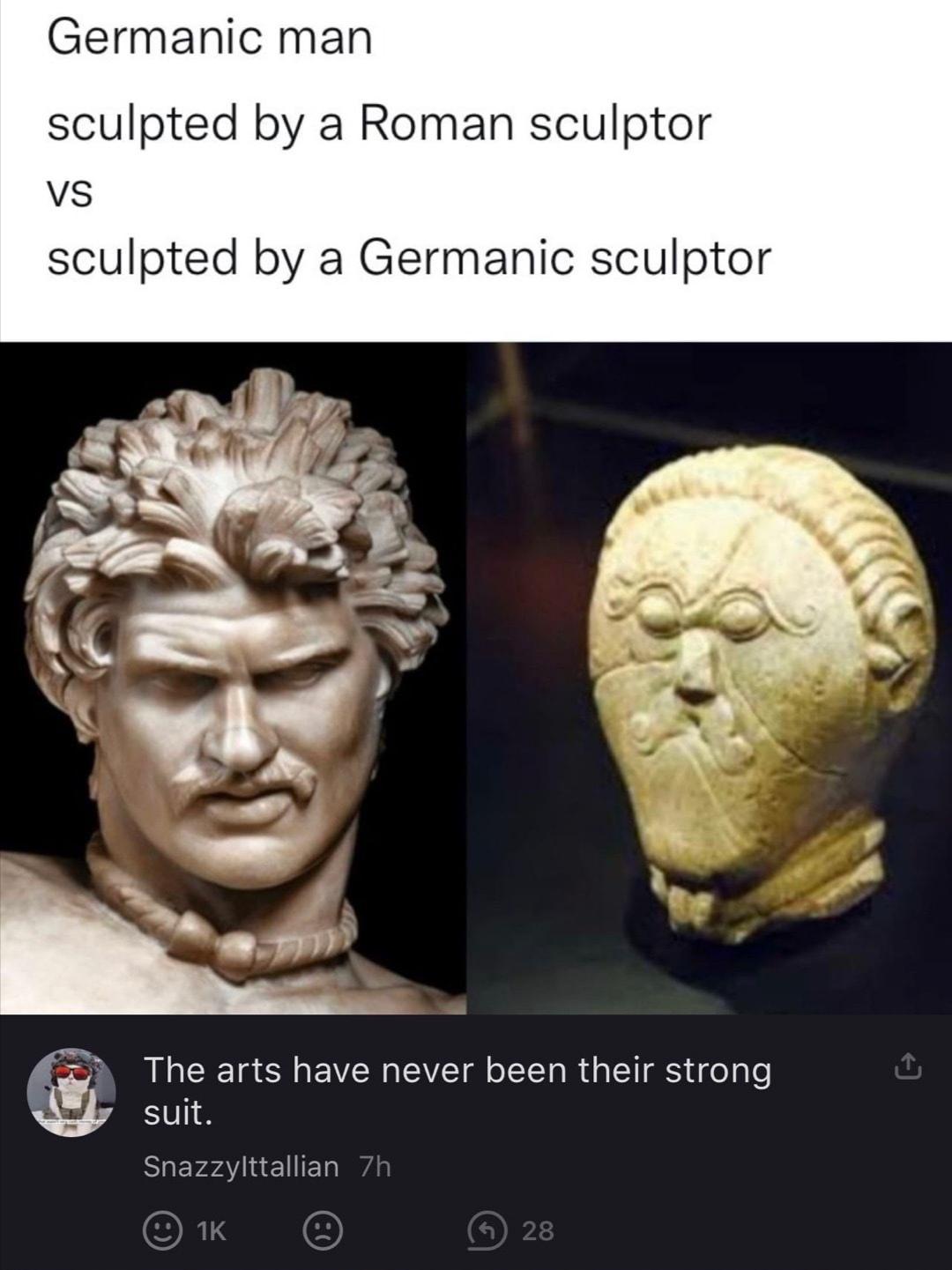
These are from the same era (around 200 BC), but as you may have guessed, made by different artists =P The statue is called The Dying Gaul by the way.
As for painting examples, I guess the Rothschild Canticles[1] book illustrations represent best what most people nowadays would call medieval art. Not exactly realistic, a little goofy … perspective? Never heard of it. Proportions? Who cares. And who needs shading anyway?! As long as you can still distinguish a human from a cupcake, it’s “eh good enough”.

I guess that was also what you meant by “immature” art, because it is the same art style as those goofy weird pictures of knights fighting giant snails and rabbits riding cattle into battle and the like.[2]
That book is dated to be around 1500–1520 so it would be easy to assume that people at the start of the 15th century didn’t have a realistic art style yet. But you know what else was made in that same era?

The Mona Lisa (1503–1506).
One dorky meme-esque style, and one realistic, modest and easy-on-the-eyes style in the same century, probably even the same decade. But they were used by different artists.
Now you might be thinking that those art styles might have been intended for their respective purpose or something along the lines: that the goofy, simple art style was used for nothing but amusing little pictures, and the more realistic style was for “proper” art, because noone in their right mind would spend 100+ hours painting highly detailed nonsense just for sh*ts and giggles, right?
May I introduce you to Joseph Ducreux?[3]

I guess most of you will have seen that meme by now, but this is a real painting made by a real artist - and it is far from the only one. Ducreux created an entire series of similar self-portraits in … unusual poses and situations.

… so yes, at least that one guy DID indeed spend dozens if not hundreds of hours (plus material costs) painting amusing nonsense for his own entertainement. He was, in a way, the victorian era equivalent of a shitposter (and I mean that in a good sense!)
Long story short: one can’t just claim that “they didn’t have X art style in Y century” because the truth is much more facetted than that. It is way more likely that each and every era of human history has had people with insane talent who were able to create art as realistic as possible with whatever tools their lifetime had to offer, and also a bunch of “eh good enough” art or stuff that was deliberately stylized for fun. How we percieve said art today depends mainly on what artworks have survived up until now, and/or how popular the surviving art is. (Everyone and their grandma knows about the Mona Lisa, but how many of y’all knew about the Rothschild Canticles?)
If we don’t know about any realistic art from a certain period of time, it doesn’t automatically mean that there was no realistic art. It may have been lost, forgotten or it exists but it’s just not popular enough to be well-known.


